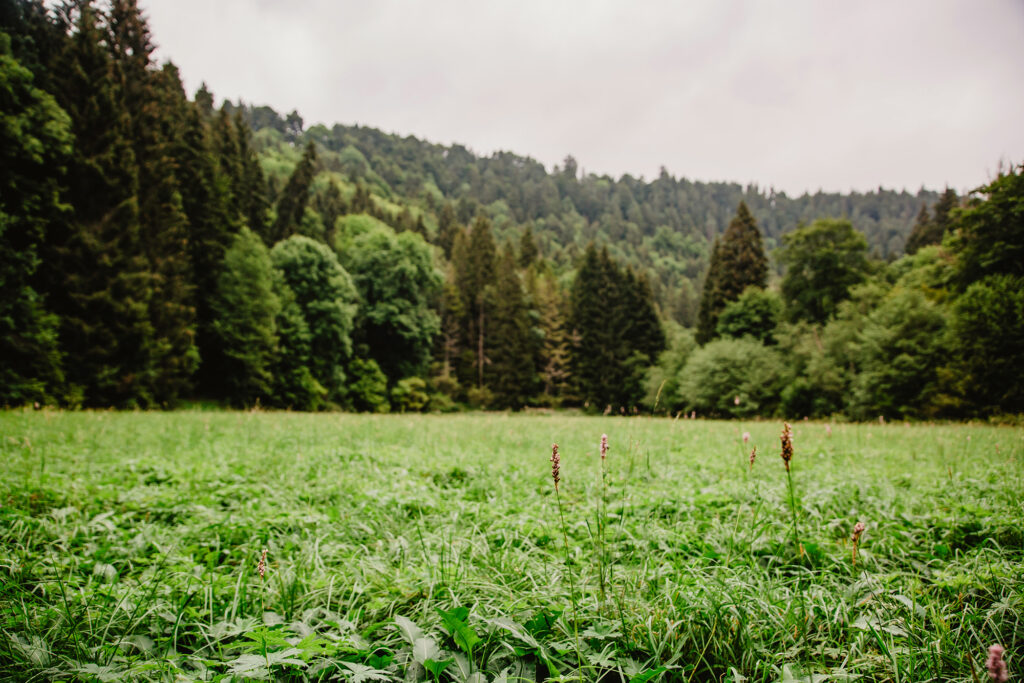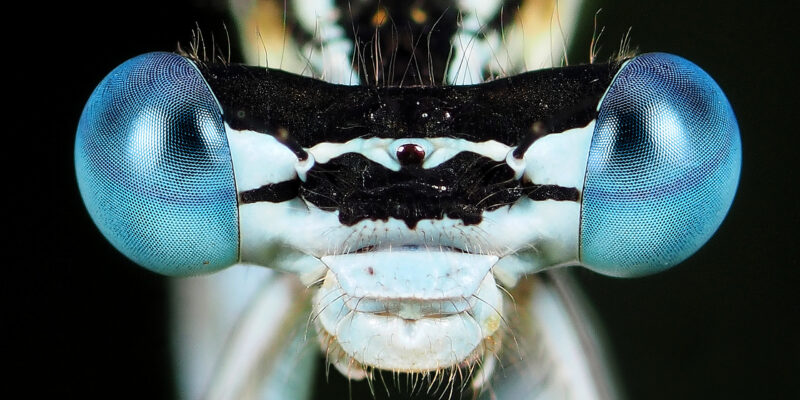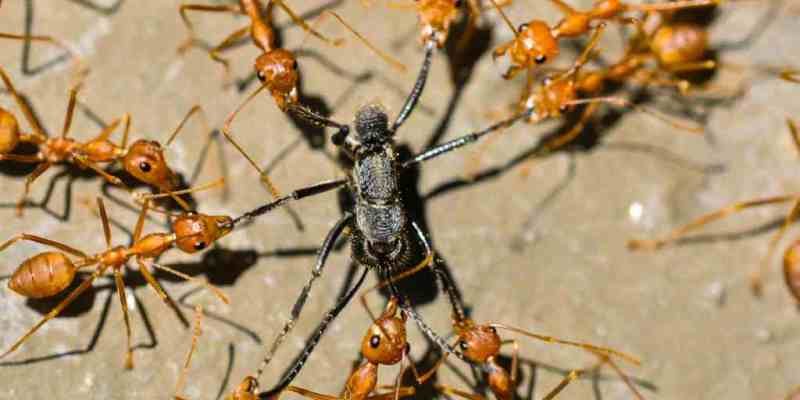The mulching timing of forest meadows influences insect diversity
Researchers at the University of Freiburg have investigated the effects of different points in time of mulching, a management method, on insect larvae and flower-visiting insects
Freiburg, 01-03-2023

Mulching is a possible form of management of forest meadows and is important for their preservation. The meadow is cut, the clippings are chopped at the same time and it remains on the meadow. Despite this importance, the effects of the method on the insects living there have been little researched so far. For this reason, Dr. Maria M. Georgi from the team of Prof. Dr. Alexandra-Maria Klein, Head of the Chair of Nature Conservation and Landscape Ecology at the University of Freiburg, has dealt with this in detail together with colleagues. The result: Almost all investigated times of mulching have a negative effect on the insect larvae and flower-visiting insects found on the forest meadows.
“Care is important for the preservation of forest meadows. Therefore, we propose to use alternative forms of mulching in the future to better protect the insects living there, if there is no possibility for other forms of care, such as mowing the meadows.”
Dr. Maria M. Georgi
Meadows are important for the forest, mulching is important for the meadows
Forest meadows are often managed to attract wildlife. This reduces the biting of young plants, i.e. the biting of leaves or twigs, in the surrounding forests. In order to preserve the forest meadows, it is necessary to manage them. Otherwise, the forest would spread out and the meadows would disappear. Compared to other methods, a cheap and less labor-intensive form of management is mulching. The meadow is cut, the clippings are chopped at the same time and it remains on the meadow. While the effects of mowing on plant and insect diversity have been intensively researched, the opposite has so far been the case for mulching.
Investigation of four time points of mulching
The study was conducted at 24 locations in the northern Black Forest. The focus was on insect larvae and flower-visiting insects. The researchers investigated how mulching affects these insects at different times. Six sites where mulching was not carried out served as the control group. On the other hand, there were six meadows that were mulched either in June or September and another six meadows that were mulched in June and September. Among the insect larvae, plant wasps accounted for 45 percent and butterflies 44 percent of the population studied. Among the flower-visiting insects, hoverflies dominated with a share of 80 percent.
Mulching in September protects flower-visiting insects
In the case of insect larvae, all three investigated time points of mulching had a negative effect on the number of insects compared to the control group. A similar picture was seen in the case of flower-visiting insects. Here, too, mulching in June and mulching, which took place in June and additionally in September, had a negative effect on the insects counted. However, mulching in September had no effect here.
“In order to protect flower-visiting insects, we can recommend mulching in September based on our results.”
Dr. Maria M. Georgi
Impact on insect protection
In a paper published in November 2022, the researchers also investigated the effects of the timing of mulching on the nests of solitary bees and wasps nesting in small above-ground cavities. For their protection, it is best to mulch only in June. Taken together, therefore, no general recommendations can be made on the basis of both investigations with regard to the timing of mulching. Preserving forest meadows is important for the preservation of biological diversity and the management of the surrounding forest and thus also the management of the meadows. “Management aimed at preserving biodiversity should strike a balance between vegetation and insect diversity,” says Georgi. Insect friendly mulching equipment or alternative times could be ways to better combine both goals.






